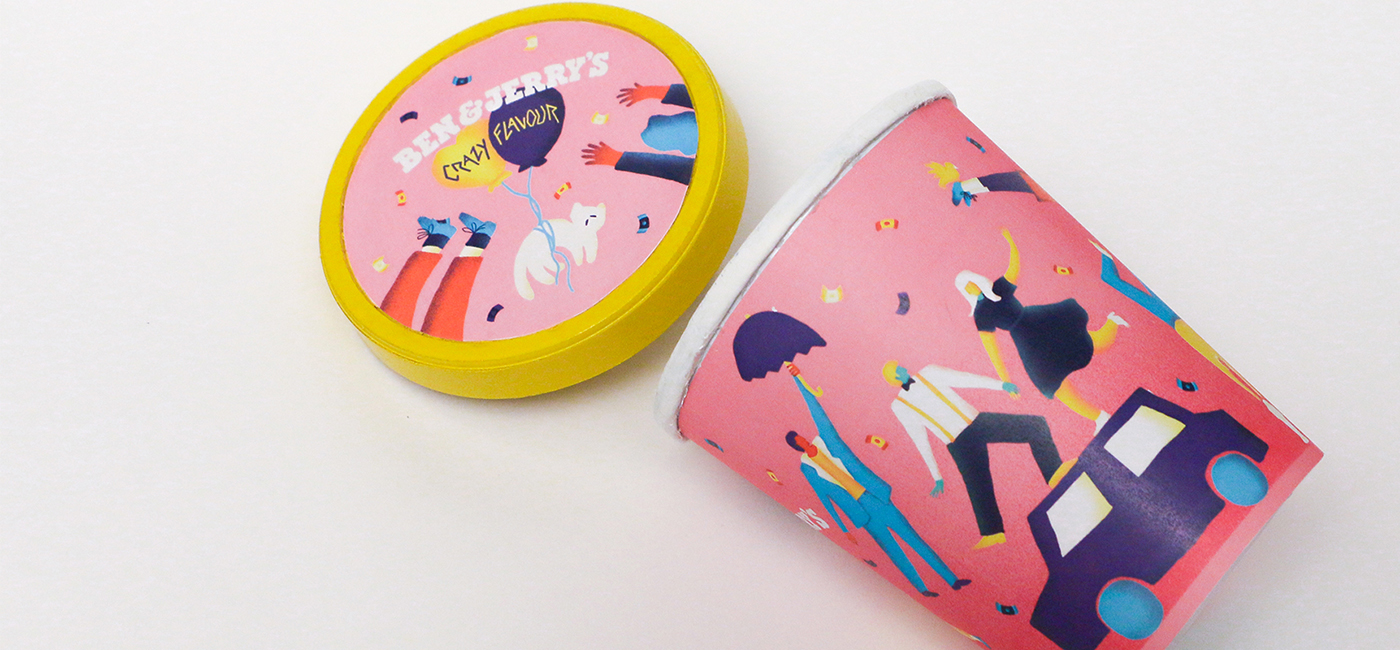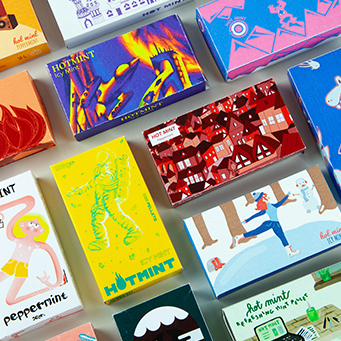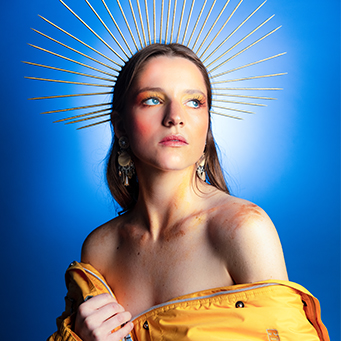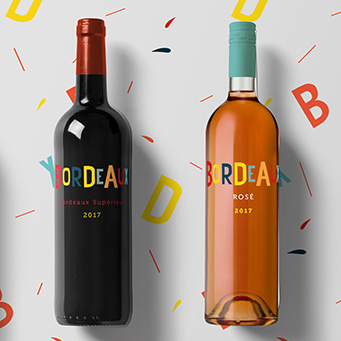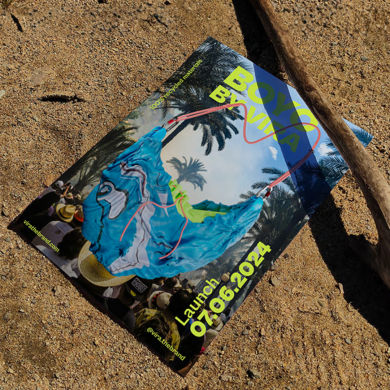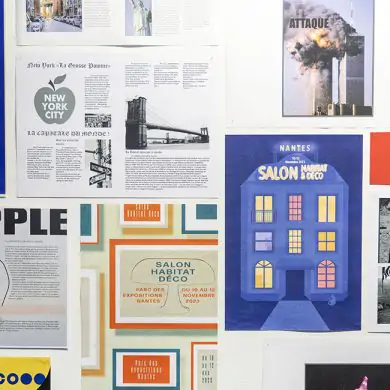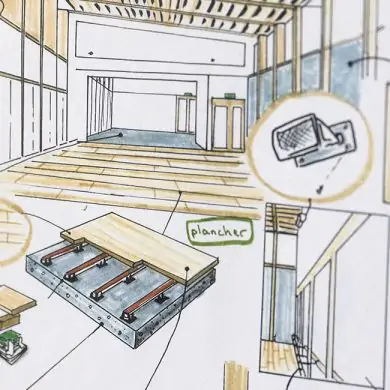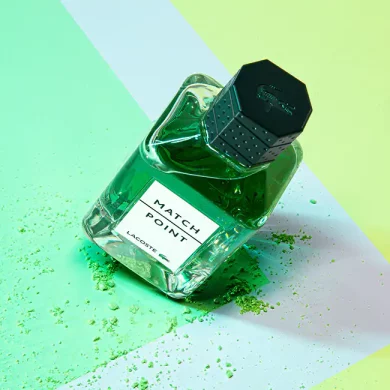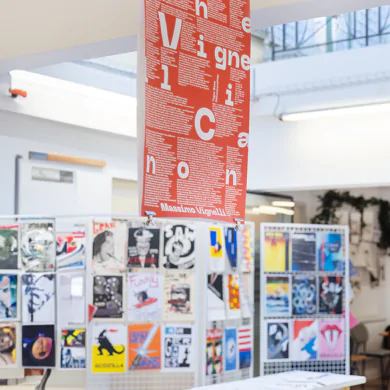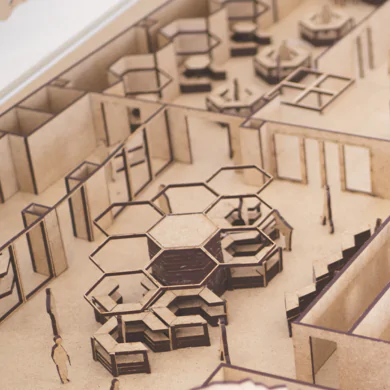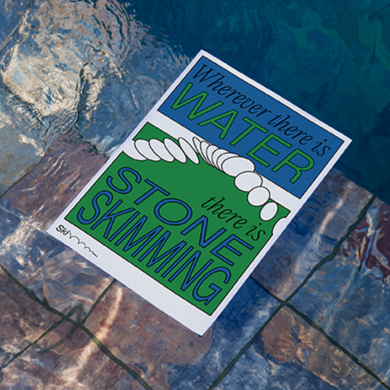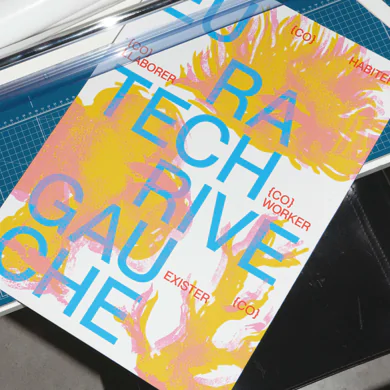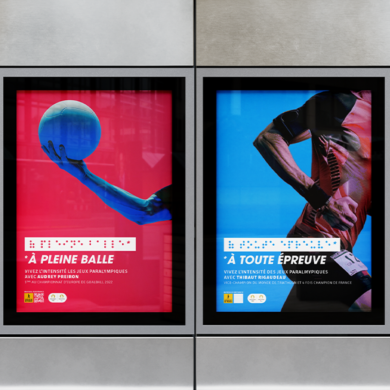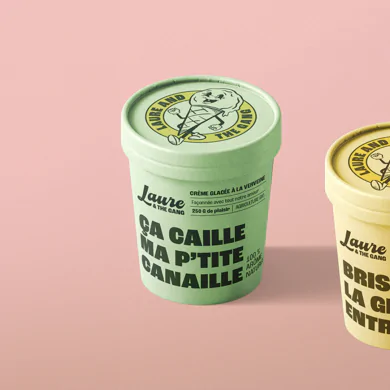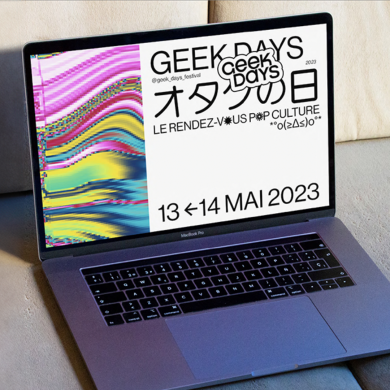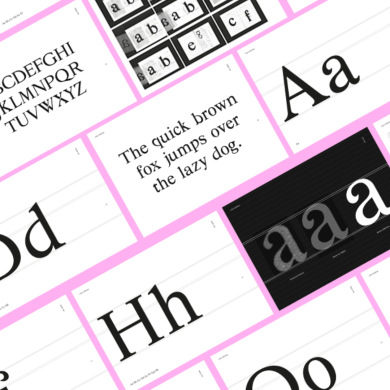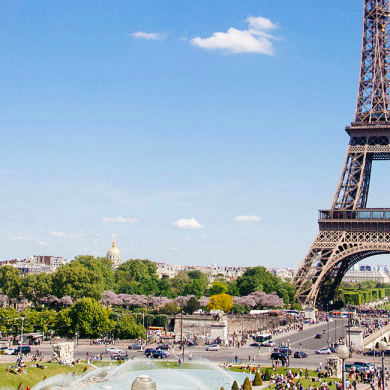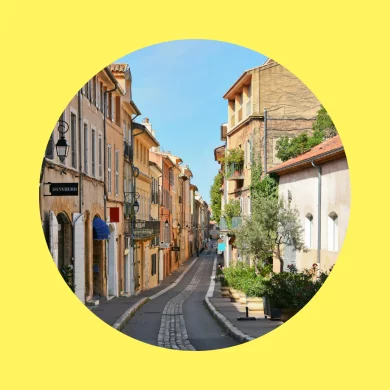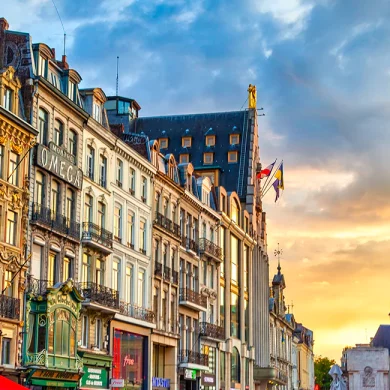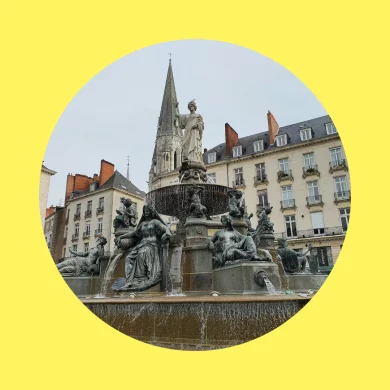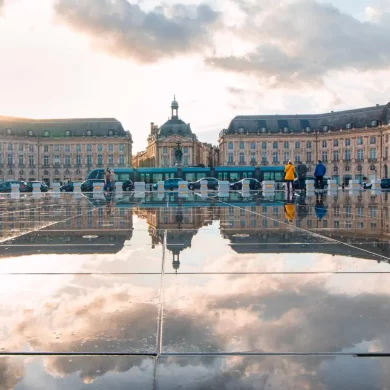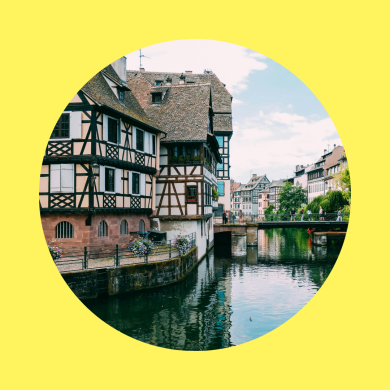STUDY DESIGN AT ECV
For over 40 years, ECV has been training creative talents and building its reputation around educational excellence in six major cities across France. Design, whether expressed through art, visual communication, or digital experiences, is a constantly evolving discipline. Born with writing and images, it has traversed history, eras, and embraced technological revolutions, moving from printed media to web platforms, and from posters to social media.
At our design school, we take great care in supporting this evolution while highlighting the essence of the designer’s profession: creating images and concepts with meaning. It is this expertise and modern vision of design that makes ECV’s Design Bachelors a reference for students wishing to build their future in this rapidly changing environment.
WHAT IS A BACHELOR IN DESIGN?
A Bachelor in Design is a Bac+3 level programme that prepares students for careers in the creation and technical design fields. Accessible after the Bac, this course combines both theoretical and practical lessons to develop skills in visual design, graphic communication, interior design, and web design. Over the course of three years, students explore various fields such as graphic design, typography, illustration, motion design, and UX/UI design, while mastering professional tools and software. A true springboard to design careers, the Bachelor in Design also provides a strong artistic culture and enables students to work on real-world projects aligned with market needs. Recognised by professionals, this diploma paves the way for promising career opportunities or further studies, including the Master’s programme, either in work-study, full-time, or internationally.
Courses
Literally “first draft”, roughing is a quick and accurate technique for expressing an idea, a concept and testing it out. It generally involves work on faces, objects and situations, which will be the sketch used by the photographer, illustrator or client.
Photography is a vital form of expression in visual communication. This art of focusing on light forces students to adopt a new perspective as a complement to drawing. The approach of photography is based on shooting techniques as well as on laboratory development and digital retouching with dedicated software.
Computer graphics and the corresponding software are essential tools for any graphic creation project. From handling image retouching and composition tools, to executing a logo or an illustration, managing fonts, composing texts and titles, and producing print-ready copy, all of the techniques are covered in the form of exercises and practical case studies.
Motion design is the art of graphic design in motion by the combination of typography, graphics and sound. Students learn to use animation softwares to be able to produce projects such as advertising video clip, corporate video…
Students observe and understand the meaning of the simple visual signs around them. They learn how to simplify and reduce to the simplest form, while retaining the specific characteristics of the product, brand and company represented.
Students learn how to design and develop packaging while respecting the constraints and regulations of the product. They reconcile the wealth of creativity with these strict constraints and observe the creations of competitors’ products. Packaging calls upon all of the graphic disciplines: typography, colours, illustration, photography and page layout
A good command of typeface, which represents the basic unit of text, is vital for it, is the heart and soul of any visual creation. The typography, complementary of the image gives to the creation its personality. Each typeface is a shape, a design in itself; it has to be readable and reinforce the overall concept of the creation.
Students gain an understanding of the essential rules of text composition in the page, margins, grids and type colour. Layout is a comprehensive reflection on the art of harmonizing text and image in a determined format. The composition must be harmonious and hierarchical for a clear and quick reading of the print media or graphic screen.
Before the campaign declines on media, there is an important stage, which is a reflection on the creative strategy in artistic direction. This approach is essential, from the receiving of the briefing to the realization of the campaign. The student is responsible of the visual aspect of the campaign and provides a genuine work of an Artistic Director, as in a professional situation
Students get acquainted with image culture and manifold expressions of contemporary graphic arts. This course covers the history of graphic arts and its various movements, typography animation as well as television identities. They gain a better understanding of signs and images use in order to develop a unique expression and an original personal style based on solid knowledge of existing creations.
Copywriters are in charge of the message and the texts of a campaign. They work in tandem with the artistic director as part of the creation team. Artistic director needs to understand the basis of copywriting in order to achieve effective dialogue with their team members.

Matéo JourdainIf you are passionate about drawing, creating, designing, storytelling, then just take a shot and go for it! Studying at ECV helps awaken and strengthen your true passion. There are no secrets to success, just never give up; it’s hard, but rewarding.
KEY STRENGTHS OF THE DESIGN BACHELORS AT ECV
Bachelor’s Programme
A well-rounded and professional training:
- The Bachelor’s programme offers a comprehensive approach to design, allowing students to explore multiple disciplines (graphic design, interior architecture, motion design, etc.) before specialising.
- Project-based learning: Students work on real-world cases and projects aligned with market expectations, fostering creativity and adaptability.
- Industry-experienced instructors: Courses are taught by professionals currently active in the field, ensuring the curriculum stays up-to-date with the latest industry trends.
- In-depth artistic and technical culture: Students develop their artistic sensitivity while mastering cutting-edge technology tools (Adobe Suite, 3D tools, interactive design, etc.).
- A network of campuses across 6 major French cities: Bordeaux, Paris, Lille, Aix-en-Provence, Strasbourg, and Nantes, providing an inspiring learning environment and access to dynamic professional ecosystems.
- Partnerships with businesses and agencies: Collaborations, workshops, and industry guest speakers strengthen the link with the professional world.
Work-Study Programme
After completing the Bachelor’s in Design, students can continue with the Master’s programme in a work-study format, which offers:
- Direct immersion in the industry: After their 3 years of study, students can integrate a work-study position, allowing them to apply their skills in a professional setting while continuing their education.
- Valuable professional experience: The work-study format is a strong addition to students’ CVs, enhancing employability upon graduation.
- Personalised support: ECV helps students find their work-study placement through its partner company network and dedicated workshops (CV preparation, coaching, etc.).
- A balance between theory and practice: The alternating rhythm reinforces theoretical knowledge while putting it into practice through real-world projects within a company.
- Remuneration during studies: The work-study programme helps finance part of the tuition fees while providing a monthly income.
- A springboard to employment: Work-study often leads to direct job offers after graduation, as companies tend to hire the talents they’ve trained.
DESIGN BACHELORS
Foundation Year
The Foundation Year is considered the first year of higher education and is integrated into the 3-year Bachelor’s programme. At ECV, there are 3 specialisations available from this preparatory year of the Design curriculum:
Bachelors
Students in the Foundation Year continue their studies in the Bachelor’s cycle (two years) to obtain their Bac+3 level by choosing their preferred field of specialisation:
WHAT TO DO AFTER A BACHELOR IN DESIGN?
After obtaining a Bachelor in Design, students can continue with a Master’s programme, choosing a specialisation and learning rhythm that best suits their needs.
Campuses
Join one of the Bachelor’s programmes at the 6 ECV design schools:
